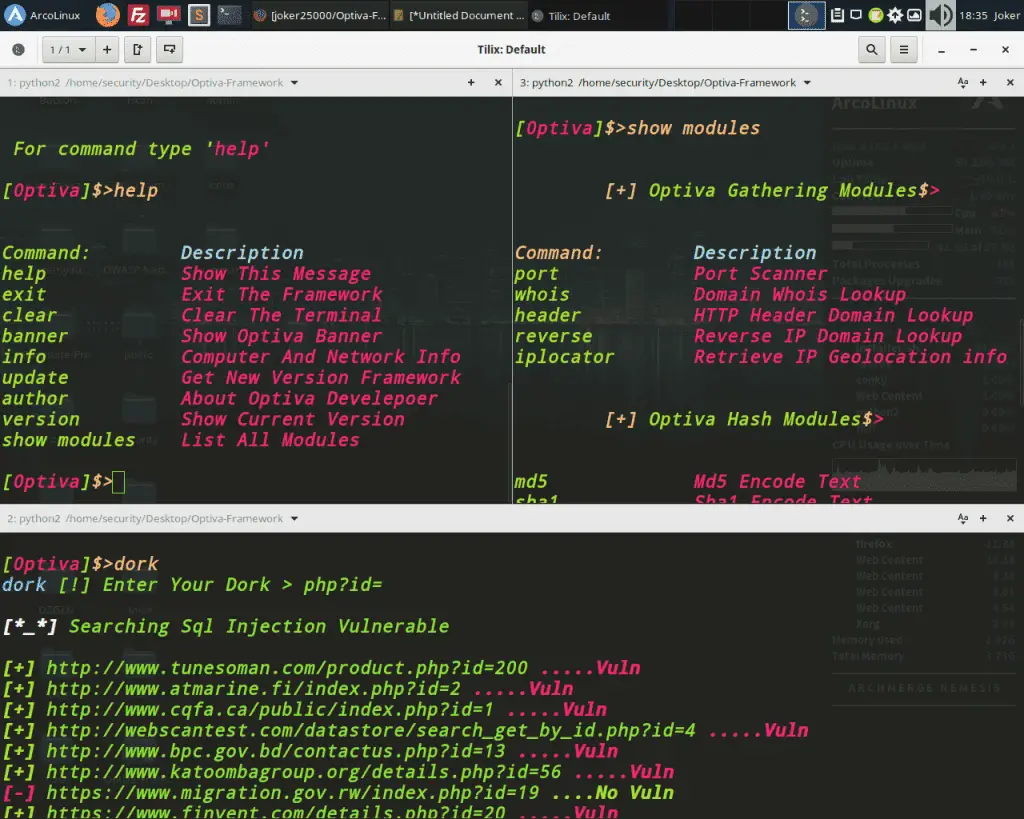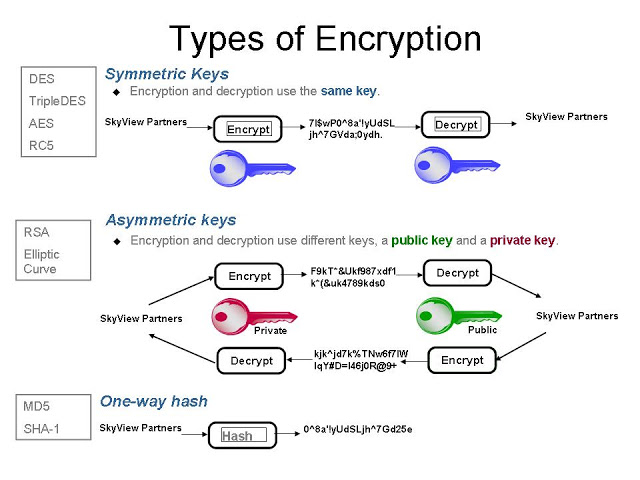

Performance of such script will be very low. Unfortunately, SQL Server does not have hash function like md5 and writing T-SQL script is not a good idea too. But in some cases, it’s necessary to implement md5-hash algorithm on SQL Server. Set (password,hash ('sha512',InputText.Text)) Query in SQL Server from PowerApps. It’s very simple to create an md5 hash function in such languages like C or VB.NET.

#MD5 ENCODING IN SQL PASSWORD#
We just used the MD5 or SHA1 hash of our password. Enable a function to be able to insert an encrypted password to SQL Server (or other server) and when consulting in the database option to decrypt in the same way. The previous examples weren’t very dynamic. The benefits of introducing UTF-8 support also extend to scenarios where legacy applications require internationalization and use inline queries: the amount of changes and testing involved to convert an application and underlying database to UTF-16 can be costly, by requiring complex string processing logic that affect application performance.
#MD5 ENCODING IN SQL HOW TO#
'cbfdac6008f9cab4083784cbd1874f76618d2a97' =Īs easy as that! :-) Dynamic SELECT in MySQL: how to validate password hashes in MySQL Again, MySQL does the SHA1 hashing and calculations for us.

With our new password column, we can perform an SHA1 string comparison, using the SHA1 function. CREATE OR REPLACE FUNCTION 5rowhash(rowjson STRING) OPTIONS (description'Returns: STRING Hexadecimal encoding of an MD5 hash of the JSON string representation of a row. Rows matched: 1 Changed: 1 Warnings: 0 SHA1 hashing and comparison in MySQL MariaDB > SELECT IF (ġ row in set (0.00 sec) Alter MySQL password column for SHA1įor our next example, to compare SHA1 hashes in MySQL, we need to alter our password column in order to support the length of an SHA1 hash: MariaDB > ALTER TABLE tblUser MODIFY password VARCHAR(40) var md5 new 5CryptoServiceProvider() var encoding new () byte passwordHash md5.ComputeHash(encoding. The MySQL IF function returns true or false. Below is a C version that you can use before sending the value to SQL Server, which is a better approach, IMHO. Next we compare an MD5 hash of password123 with the hash MySQL calculates using the MD5 function. This is how our password123 looks when it’s hashed MariaDB > select password from tblUser where username = 'admin' Query OK, 0 rows affected (0.04 sec) MariaDB > INSERT `tblUser` ( > id SMALLINT unsigned NOT NULL auto_increment, MariaDB > use db-name ĭatabase changed MariaDB > CREATE TABLE `tblUser` ( In these algorithm, SHA-2 (256 and 512) are introduced in SQL Server 2008.

This is a built-in cryptographic function with hashing algorithms like MD-2, MD-4, MD-5, SHA-1, SHA-2 (256 and 512).
#MD5 ENCODING IN SQL CODE#
Type '\c' to clear the current input statement. In SQL Server, for simple hash code encryption like password encryption, we can use the HASHBYTES function to encrypt the string. Server version: 5.5.32-MariaDB-log MariaDB ServerĬopyright (c) 2000, 2013, Oracle, Monty Program Ab and others. MySQL creates an MD5 hash of the supplied password. The examples and code speaks for itself first we create a table called tblUser, and insert an username and password combination. Before 5.5, the return value was a binary string. The return value is a 32-hex digit string, and as of MariaDB 5.5, is a nonbinary string in the connection character set and collation, determined by the values of the charactersetconnection and collationconnection system variables. When using the nvarchar data type to go is Unicode (UTF16) but we also have to know the texts endianness to create correct hashes.ĭotNet: string source = "Sample string with more than 8000 Characters" Ĭonsole.WriteLine(GetMd5Hash(md5Hash, source, )) Console.WriteLine(GetMd5Hash(md5Hash, source, 7)) Ĭonsole.WriteLine(GetMd5Hash(md5Hash, source, 8)) Ĭonsole.WriteLine(GetMd5Hash(md5Hash, source,)) Ĭonsole.WriteLine(GetMd5Hash(md5Hash, source, .2.1 Dynamic SELECT in MySQL: how to validate password hashes in MySQL MD5 string comparison in MySQL Calculates an MD5 128-bit checksum for the string. Net encoding to go with is UTF8 since it’s the fastest and most optimized of the three (ASCII, UTF7, UTF8). When using SQL Server’s varchar data type the. fnmd5 (dataacodificar varchar) RETURNS CHAR (32) AS BEGIN RETURN convert (varchar,hashbytes ('MD5',dataacodificar),2) END Select all Open in new window Then I execute these two sentences: select dbo.


 0 kommentar(er)
0 kommentar(er)
